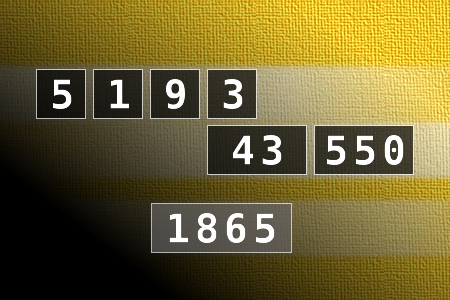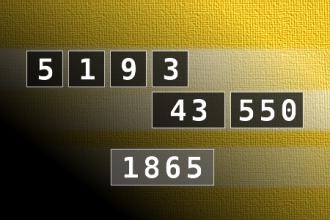Calculate the number 1865
NUMBERMANIA: Calculate the number 1865 using numbers [5, 1, 9, 3, 43, 550] and basic arithmetic operations (+, -, *, /). Each of the numbers can be used only once.
Offer, Retracted.
A good-looking guy is sitting in a bar, sipping a whiskey. He notices a gorgeous woman at the end of the bar, talking with a friend. He calls over a waiter, and sends them both a martini, along with a note asking for the gorgeous woman's phone number.
Ten minutes later, the friend walks over with a note. It reads:
"Unless you have a Mercedes parked outside, a million bucks in the bank, and eight inches in your pants, you're not getting anything from me."
The man finishes his whiskey, considering his response. He then writes this down on a piece of paper, hands it to the friend, and walks out:
"Actually, I only have about $300k in the bank; most of my net worth is in the three dozen buildings I own downtown. And today, I'm driving the Porsche; the Benz, Hummer, and Lamborghini are currently at my summer residence.
But If you think I'm cutting off two inches for you, you can fuck right off."

